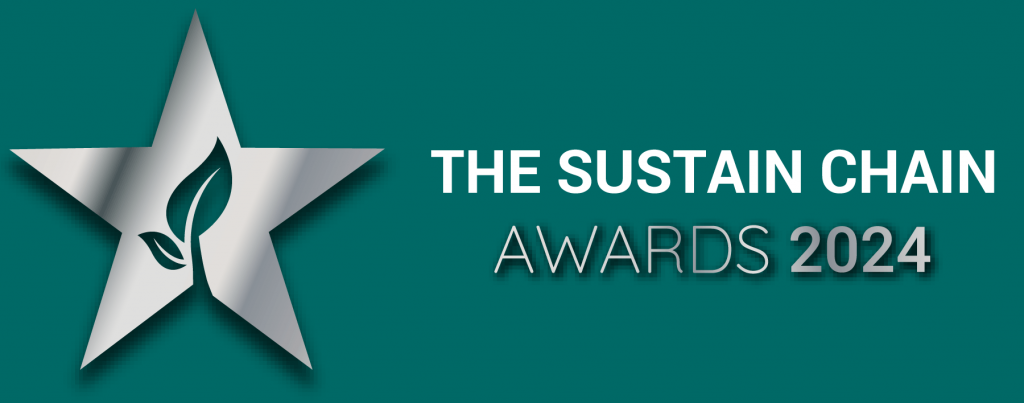
Procurement: How to Implement Sustainable Procurement Practises for Environmental Responsibility
Environmental responsibility is one of the main reasons several businesses curve into sustainability. Climate change adversely affects everyone and ignoring the warning signs worsens the problem. Organisations are spearheading a positive shift by pivoting to planet-friendly actions and initiatives. One example is making their sustainable procurement practises green. Learn how these entities do it and the everyday challenges of transitioning into a sustainable business.
What Are Sustainable Procurement Practises?
More and more organisations are injecting sustainability into their daily operations. The procurement process, in particular, is bringing about significant change. Corporate social responsibility (CSR) is at the heart of this shift. The automated business model encourages leaders to make decisions benefiting the stakeholders and society without negatively impacting the environment. A company that sticks to its CSR principles promotes a positive brand image, which is critical for today’s consumers.
Sustainable procurement is one aspect of CSR outlining your organisation’s strategies to reduce the supply chain’s environmental impact. It’s integrable with employee well-being — another CSR facet.
Employees have a critical role in successful and sustainable procurement execution. They are essential stakeholders in the green journey, so providing a safe environment — such as a robust lockout or tagout programme — ensures they are protected from various workplace hazards and can contribute to your entity’s long-term sustainability. Organisations should prioritise ecological initiatives, with climate change casting giant shadows on the planet’s future.
Why Do We Need Sustainable Procurement Practises?
Pursuing sustainable actions in your company has several benefits for your business, stakeholders, society and the earth, including:
- Promoting compliance with environmental and social legislation: A good example is the USA Federal Acquisition Regulation Subpart 23.1 – Sustainable Acquisition Policy, which requires government agencies to ensure that 95% of new contract actions are environmentally and socially responsible.
- Reduce risks in the organisation’s business practises: You can promote ethical behaviours by minimising your dependence on natural resources facing depletion.
- Control costs: Boost your supply chain efficiency by optimising resource usage through recycling or other sustainable methods.
- Curb wastes and environmental impact: Consumers perceive brands that care about the consequences of their operations on the planet more favourably.
The transition to sustainable procurement does not come smoothly. Adopting these practises poses challenges, such as the initial higher supply costs. However, this translates to savings in the long run, so it is an addressable concern.
How Do You Implement Sustainable Procurement?
Here are the strategies to start the execution of sustainable procurement in your company.
1. Establish Your Sustainable Policy
Start on paper and clearly define what it means to be eco-friendly within your business. Map out your ideal sustainable chain and how to commit to these changes. Then, approach your marketing goals as you would by creating objectives, key performance indicators and actionable steps to achieve them. Remember to involve key stakeholders in developing policies.
2. Assess Your Existing Procurement Practises
Evaluate where you currently stand in your sustainability efforts. Can you further improve one area by changing suppliers? Can you collaborate or negotiate aspects of supply to make them ecological? Locate points or areas where you can incorporate sustainability, whether waste management, product sourcing or supplier relationships.
3. Communicate With Your Suppliers
Successful procurement strategies depend on the people opposite the table. Develop amicable relationships with your suppliers by being transparent about your environmental and social commitment and ensuring they understand and can adapt. Working with businesses with identical goals will guarantee smooth collaboration.
4. Implement Sustainable Procurement Practises
Conduct supplier assessments and audits to determine the environmental performance of your partners. It is easier to achieve goals if you surround yourself with like-minded individuals concerned about sustainability. For future collaborations, develop a supplier evaluation process concentrating on ethical sourcing and fair labour practises — a roadmap for finding prospective partners.
Another strategy is pursuing eco-labels and certifications. Showcasing your commitment to the environment through standards like Certified B Corporation, Green Building Standards and Cradle to Cradle Certified on your packaging can boost your reputation and appeal to consumers. Finally, close the gap between your current performance and goals by continually taking forward action, no matter how minor the step is.
5. Report Your Progress
Quantifying your procurement performance is essential to adjust, monitor and measure your success. After all, you can only improve what you can convert into numbers. You must have KPIs on waste management, carbon footprint, energy usage, and efficiency and water usage. Regularly examine how well you meet your goals to determine progress.
Adoption Challenges and Solutions
Organisations shifting to eco-friendly practises are bound to encounter adversities. Here are some common hurdles in the procurement.
Lack of Supplier Transparency
Supply chains were not designed to be visible in the first place. Many organisations avoid transparency and over-divulging information for fear of criticism.
One solution is implementing supplier engagement programmes to encourage visibility and promote deeper trust with others. Some examples are joint innovation projects, supplier education and business reviews.
Balancing Sustainability Goals With Costs
Most environmentally friendly suppliers have materials with a higher price tag than standards. Initially, you will likely find yourself on the fence about which to prioritise.
It is normal for sustainable shifts to have higher initial costs, but it is a meaningful long-term investment for your brand’s reputation, society and the environment. Encourage innovation with suppliers to find more affordable solutions.
Lack of Internal Alignment and Awareness
The sustainable switch is a collective decision by the stakeholders, leaders and management. Therefore, everyone in the company — from the top to the bottom of the organisational hierarchy — must understand, cooperate and implement the strategies. The lack of internal alignment can hinder the success of these goals.
To keep everyone in the loop, provide training and education on sustainability subjects to expand awareness and encourage reception. Your first step is integrating sustainable KPIs into your business goals to inspire accountability and organisation-wide alignment.
Incorporate Sustainable Procurement Practises With Ease
Green initiatives are gaining traction across all industries, so you should stay ahead of the game. Years from now, an ideal organisation will be profitable, ethical, sustainable and socially responsible. Leaders are encouraged to initiate change as early as today for the general good.
Procurement strategies are just one of the many areas in which businesses can integrate ecological actions. By creating a policy anchored on green movements, assessing suppliers and implementing practises, your organisation can survive and thrive for years.
This years Sustain Chain Awards have been designed to celebrate the achievements of businesses and professionals who are making positive changes. Take a look at this years categories and submit your FREE nominations today!

